|
Injuries are a very common occurrence in sport or the workplace and there are a multitude of factors that play a role for an injury to occur. Injuries can be niggling and can threaten to derail your sports season. Injuries also play a role when it comes to limiting you at work and your everyday life and therefore I feel injuries are very important to manage correctly. Below will outline what the most recent and up to date research says about how you should go about your rehabilitation so you can recover in the quickest time possible with the best outcomes possible. Have you heard of RICE ( Rest, Ice, Compression and Elevation)? Or what about POLICE ( Protection, Optimal Loading, Ice, Compression, Elevation)? These 2 acronyms have been used throughout the years as ways to help people manage injuries and at the time were based on the latest research. These practices are still very commonly used when someone suffers an injury. But is this what the latest research says? Are we providing the best management for our injuries? In 2019 new research emerged and with it, a new acronym for us to live by when managing injuries, PEACE & LOVE. This new acronym helps us manage directly after an injury has occurred, but also gives us a framework for management to get back to pre-injury capacity. What does this mean for us who are trying to manage an injury? Well I will go through step by step. The word PEACE helps us understand what the necessary approach is directly after an injury has occurred. P for protection It is recommended to minimise movement and load on an injury for the first 1-3 days to reduce the risk of aggravating the injury, minimise bleeding to the area and prevent distension to the injured muscle. E for elevate Elevate the limb or body part higher than the heart to be able to remove any unwanted fluid around the injury. A for avoid anti-inflammatories The body’s way of repairing an injury is through inflammation. Inflammation carries all the right things for your body to go through the process of repairing itself. Therefore taking anti-inflammatories which are designed to stop this process could affect long term healing. What about ICE? It has been a stalwart in the injury management space for many years now but according to the most recent research it is unknown whether ice helps the healing process of an injury. It is believed ice reduces inflammation which we know is very beneficial and necessary to healing. In fact the researcher, by the name of Dr Gabe Mirkin, who invented the term RICE back in 1978, has retracted his research and now has the view that ice and rest may actually delay healing not help it. Ice is thought to have a pain relieving effect on an injury and therefore does have a role in injury management but not as initially first thought. C for compression Compressing an injury with external pressure like a bandage or compression garments you can buy these days assists to reduce swelling and muscle bleeding E for education Correct education from a health professional helps to avoid overtreatment and should give you the confidence in your body’s healing mechanism. You should be trying to stay away from passive treatments especially in the long term and try to use more active approaches to management. The mentality “I need fixing” is detrimental to your recovery. If you don't understand your specific injury or don't know how to rehabilitate it, speak to a health professional for help and education on correct treatment and load management for a full recovery. & After the initial management of an injury, all it needs is some LOVE. L for load Load should be added early on in your rehabilitation and you should try and resume your normal activities as soon as you feel comfortable doing so. Loading that does not exacerbate pain assists repair and recovery of your muscles, allowing you to regain the capacity and strength you previously had. O for optimism Psychological factors play a larger role in a person's recovery than people release. Factors such as catastrophizing your injury and fear or anxiety over your injury can prevent optimal outcomes. It is believed that psychological factors may drive the variation you see in certain injuries, more so than the injury itself. Stay positive, be optimistic and believe in your body’s healing process. V for vascularisation Aerobic exercise is a fundamental aspect of any injury rehabilitation process as it promotes blood flow to the injured area and is proven to improve mood, psychological well being and motivation. So find a pain free aerobic exercise that you enjoy and begin with that. E for exercise
Exercise is thought to be the gold standard in terms of treatment for injuries and research has demonstrated positive outcomes for all types of injuries. Exercise has many different mechanisms of improving the capacity of an injured body part or an injured person and it is important to continue to exercise any way possible through an injury period. There is plenty to understand and to cover when you get an acute injury however remember to use the acronym PEACE for directly after an injury has occurred and use love for the rehabilitation process. Bottom line is you want to stay as active as you can and in the beginning phase of an injury be guided by your pain to what you can and can't do. Loading the injury to a tolerable level is only helping healing, not hindering it. Izaac Boylan Accredited exercise physiologist
0 Comments
 What is DOMS I’m sure anyone who has started a new exercise program, or gone to the gym and completed a new class for the first time has experienced Delayed Onset Muscle Soreness, which we shorten to DOMS. DOMS is the ache or soreness in the muscles usually felt the day after exercise, but can last for days. The origins of the soreness and accompanying symptoms are complex, but most believe soreness develops as a result of microscopic damage to muscle fibers involved in the exercise. This type of damage likely results from new stresses that were experienced during the exercise bout. There is a misconception that DOMS is related to lactic acid accumulation, but lactic acid is not a component of this process. What activities are examples, or activities that are known to cause DOMS Basically all activities which cause DOMS all cause muscles to lengthen while force is applied. This is the eccentric muscle action. Examples include the lowering phase of a bicep curl exercise or the lengthening of the quadricep muscles while the limb brakes against your body’s momentum as it walks or jogs down a hill. Example activities are any strength training exercise, walking or jogging down hills, step aerobics, jumping and plyometric activities. Does everyone experience DOMS? Everyone is susceptible to DOMS, even those people who regularly exercise and have been doing it for years. However, the severity of soreness generally will lessen as your body becomes accustomed to the work it performs regularly. And, just one bout of soreness producing exercise can have a partially protective effect that reduces the chance of that same activity causing soreness for weeks and even months into the future. Does DOMS only cause soreness? Muscle pain is only one of the characteristics of DOMS. Some other common symptoms can include:
Can we prevent DOMS? It is unlikely that the soreness can be avoided altogether, however the best way to reduce the severity is to progress slowly into a new program thereby allowing the muscle time to adapt to the new stress. It is also important to allow our muscles to recover between exercise bouts and not undertake the same exercise on subsequent days. Ie, don’t undertake the leg press 2 days in a row. There is a suggestion that a good warm up and stretching helps to reduce DOMS, although there is little evidence to support this, but it is certainly important as part of any exercise program. What can we do to ease the symptoms There is little evidence that any treatment strategies actually make DOMS recovery any quicker or return to normal function faster, but there may be things you can do to reduce the symptoms. These include light activities such as walking, ice packs, massage, tender point acupressure or oral pain medications. So what about the no pain no gain theory? It is unlikely that you will avoid soreness altogether when commencing a new program, however pain is a feedback mechanism of our body and we may need to reduce, modify or refrain from an activity whilst in pain. Pain that occurs during exercise can be an indicator that the exercise is too intense, poor form or other issues, and if this occurs it is wise to modify the activity to prevent muscle or joint damage. Lisa Parkinson Accredited Exercise Physiologist 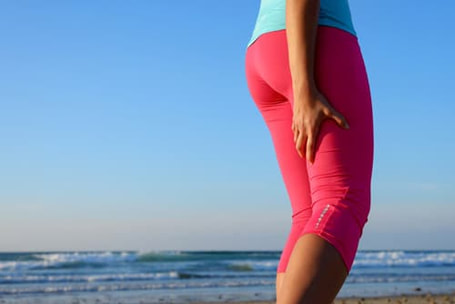 The Hamstring muscle group, often referred to as the “hammie” is often associated with sports injuries like muscle tears, BUT.. they could be causing a lot more than just that. What make up the Hamstring? The hamstring muscle group is not as strong as it’s quadricep counterpart, but they are pretty crucial in our ability to move. The group is made up of 3 individual muscles that sit under the back of your thigh, Semitendinosus, Semimembranosus and Biceps femoris. They all cross two joints, the hip and the knee meaning that they can produce hip extension by bringing the leg back behind you or knee flexion by bending the knee back. How can Hamstring injuries occur? In a normal functioning leg, every action in your quadricep muscles at the front of your leg causes an opposite reaction in the hamstrings at the back of your leg. These two muscles work very closely together to allow you to move both your hip and knee joints and stabilise the pelvis. While it is normal and expected for the quadriceps muscles to be stronger than the hamstrings it is important to have a correct balance of strength in both groups. When there is a strength imbalance between the two the hamstrings may be too weak to support the actions of the quadriceps. This imbalance can often be caused by sitting and running and when an imbalance does occur it can cause problems such as lower back pain and an increased risk of hamstring strains or tears to occur. What can weak hamstring’s cause? When the hamstring muscles are weak it causes additional load and stress to be placed on it’s surrounding muscle groups, as the hamstrings aren’t able to handle higher loads or intensities. This can result in overuse strains or injuries to occur in the gluteal muscles, the quadriceps and even the lower back. What can tight hamstring’s cause? Tight and inflexible hamstrings can often be a contributor to lower back pain. This can happen through tight and constantly contracted hamstrings putting additional stress on the hips and pelvis. This causes the pelvis to tilt back, which subsequentially places added tension and pressure onto the spine and vertebrae. When prolonged periods of tightness occur muscles spasms and strains in the lower back can begin to occur consistently. Hamstring tightness can also cause patella-femoral pain syndrome which basically causes an increased strain between the kneecap and thigh bone. How to prevent Hamstring injuries or tightness:
By Aleisha Michael Accredited Exercise Physiologist 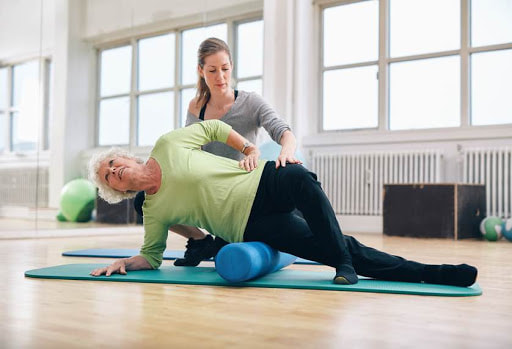 Foam rolling is a form of self-myofascial release technique or SMR for short. To break it down, the fascia in your body is like a large web of connective tissues that covers all your muscles, bones and organs keeping everything tight and connected. The fascia is incredibly strong and also very flexible which allows it to move with your body easily. Just like a muscle the fascia can shorten and become tight and this usually happens due to a muscle not being able to support the extra tension of sustained postures, repetitive movements or altered movements patterns by itself. The fascia comes in to try and help support the muscle and as a result becoming tight itself. Now as the fascia is interconnected throughout the body, issues in one area can cause tightness and pain to develop in other parts of the fascia. What is it? Foam rollers and even trigger balls are pieces of equipment that can be used to assist in releasing fascia or muscle tightness. A foam roller is a cylindrical foam roll that can come in all different sizes and lengths and also have varying degrees of firmness. By lying or pressing your body against the foam roller it creates pressure on that given area which allows you to complete self-myofascial release. This pressure releases the aforementioned tension and tightness within the fascia that can develop. What are the benefits? There is an increase in research being conducted into the benefits of foam rolling and there are many that have been confirmed already. Foam rolling provides an increase in elasticity in the fascia after prolonged periods of inactivity. A lack of movement can also cause the fascia to become tight which is why foam rolling can assist in releasing the fascia allowing it to become more supple again. This will allow your body to move more freely without tightness or restriction. For those of you who experience delayed onset muscle soreness (DOM’s) after an intense workout, foam rolling can be a great tool to assist in your recovery. Foam rolling causes an increase in blood flow to the area where pressure is being applied, which brings with it an increase in oxygen too. This can aid in helping the worked muscles to recover more quickly from your workout and decrease DOM’s. Some studies have shown foam rolling to be more effective than either static or dynamic stretching, at increasing flexibility and range of motion as it assists in lengthening the muscle. It provides an alternative to stretching that can reach and target the fascia in your body differently. Stretching a muscle does not have the same ability as foam rolling to be able to penetrate the muscle and reach the inner fascia holding all your muscle fibres together. Tips to get started It all sounds pretty great right! So how can you get started? Firstly, you will need to get a foam roller. Once you have acquired one you can select a muscle group to work on and then simply begin applying pressure to this area by laying on top of the foam roller and using your body weight as force. Now you wouldn’t be blamed for thinking that the more pressure applied the better release… But this isn’t actually true! You can get almost the same benefits from applying smaller amounts of pressure to the target muscles. You then want to start rolling slowly along the desired muscle group, ideally for around 60 seconds. When foam rolling it is normal to feel a slight amount of pain when targeting muscle groups that are tight, but it can be helpful to roll around the areas that is particularly painful first as this can help to release that area initially. Whether you are new to fitness, you’ve been training for a while or even if you find that you get tight from periods of inactivity, foam rolling can be a useful addition to add into your schedule. By Aleisha Michael Accredited Exercise Physiologist |
AuthorSLisa Parkinson Archives
July 2024
Categories
All
|

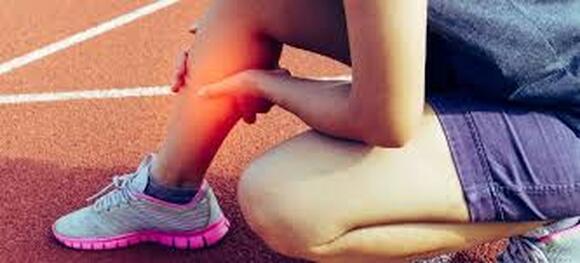
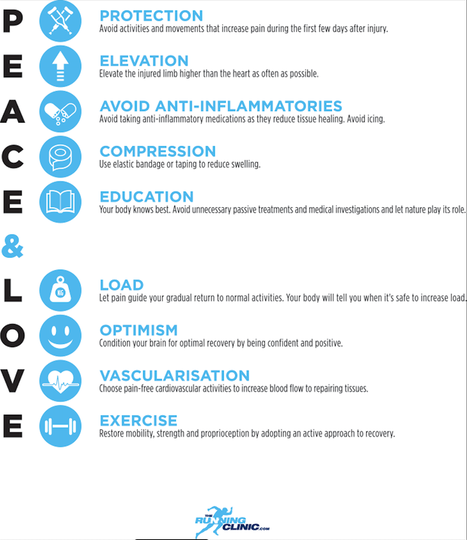
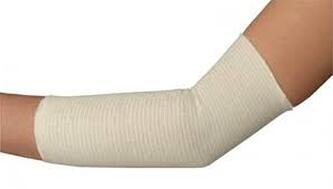
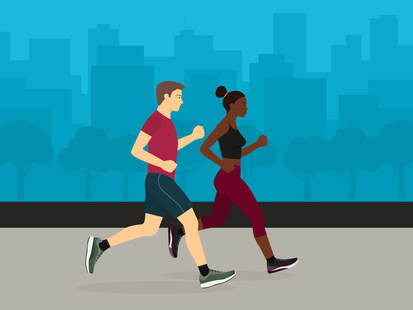
 RSS Feed
RSS Feed